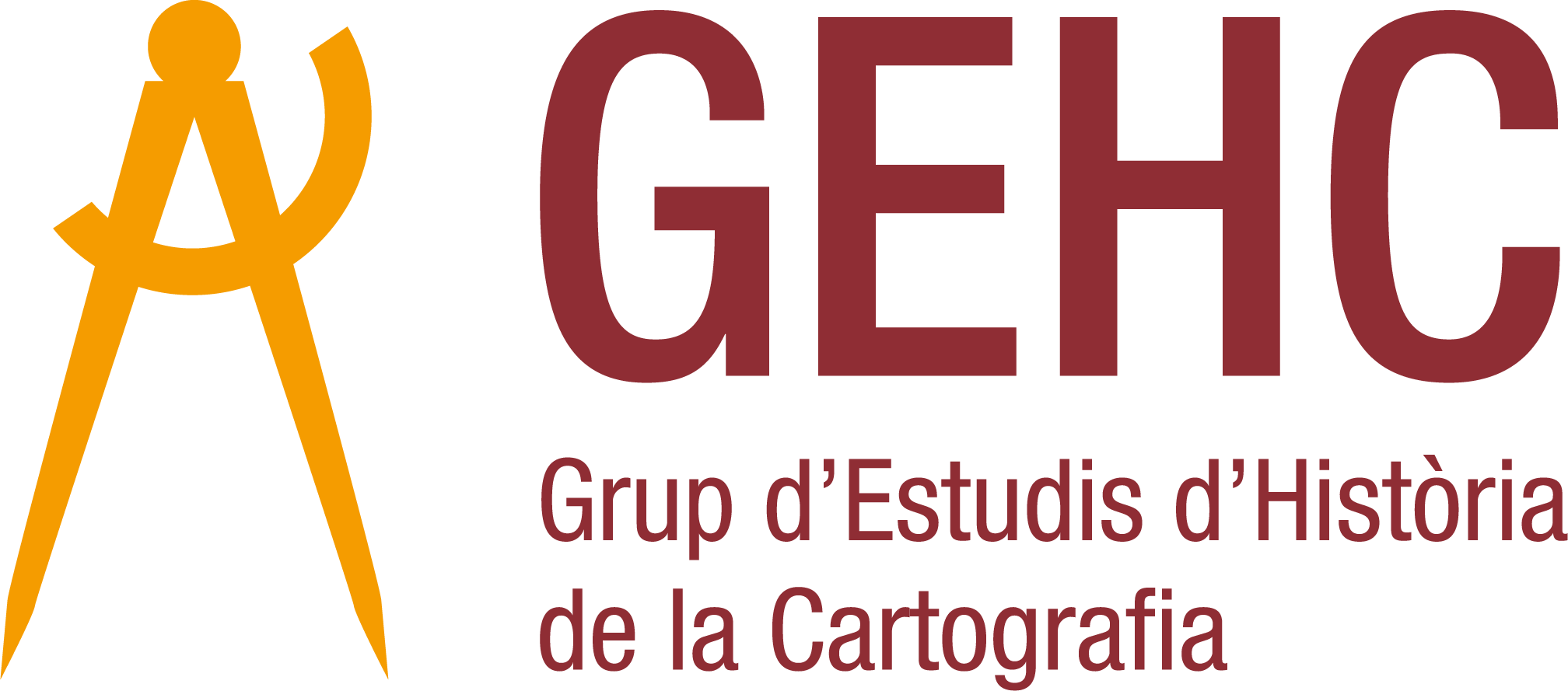
Cartographic documents of territorial tax (1845-1895): land cartography of the Balearic, Lleida and Tarragona provinces
The geographical and statistical documentation generated by the fiscal reform of 1845 is very rich in some Spanish provinces. The implementation of new taxation on property, crops and livestock gave rise to the drawing of an important collection of large-scale municipal plans, with land-parcel detail and an annexed statistical register. The land-parcel plans provide a homogeneous source of exceptional value, for both the study of agrarian structures and for the reconstruction of the rural landscape in the 1800s. The purpose of this research is to recover and study land-parcel cartography of a fiscal nature, which is mostly dispersed and uncatalogued.
Aims
1 – To locate and catalogue land-parcel cartography from the municipal ambit, together with the connected statistical parts, from the provinces of Balears, Lleida and Tarragona.
2 – Study the functioning of territorial taxation from a comparative perspective, relating different provincial experiences to each other.
3 – To analyse municipal land-parcel planimetry, and account for its production process, scale, symbology and content detail.
4 – To elaborate a provincial register of “earth-measurers”, or surveyors.
Results
The research carried out has enabled location, inventorying and analysis of abundant cadastral documentation relating to the provinces of Balears, Barcelona, Lleida and Tarragona. The research can be considered concluded in the case of Barcelona. For the remaining provinces mentioned, search and catalogation work still continues. Nevertheless, we can offer a series of conclusions from the work carried out so far.
In the Balearic Islands, and in the provinces of Barcelona, Lleida and Tarragona, management of taxation on property, crops and livestock was based on complex statistical and cartographical information. The creation of taxable-wealth registers (amillaramientos) containing individualised distribution of the established tax rates was preceded, in a large number of cases, by a complete investigation by experts, consisting of municipal boundary marking, measuring of all properties, and the estimation of their production. The afore-mentioned operations were recorded in two different types of document: a) land measurement registers (llibres de recanament), in which the result of the operation was consigned literally, or b) municipal land-parcel maps which show the parcellation of rustic land, with numerical identification of each parcel. This documentation constitutes a homogeneous documentary series of great wealth, since it allows us to reconstruct the rural landscape at land-parcel scale, and to give a precise idea of the geographical distribution of agrarian property and land uses (types of crops, forested area, communications network, urban and dispersed population, industrial activities, etc.).
The expert work required for the division of territorial taxation was entrusted to private surveyors (“earth-measurers”, geòmetres) who acted as contractors employed by municipal councils and, occasionally, as salaried technicians of the provincial Tax Offices. Some of these surveyors were genuine entrepreneurs, able to organise teams of land-measurers who worked in different provinces simultaneously (one of these contractors managed to carry out cartographic surveys in Barcelona, the Balearic Islands, Lleida and Tarragona). Most, however, operated in the local ambit (county or province), combining work in territorial statistics for fiscal purposes, with the private practice of surveying.
The work carried out helps to clarify the training process of the surveyors, and the profession’s entry requirements. The lists of qualified surveyors in the institutes of Figueres, Girona and Lleida, of those examined at the academy of Fine Arts in Barcelona, together with the register of surveyors we have been able to construct from the inventory of land-parcel cartography of the provinces of Barcelona and Tarragona, allow an approximate numerical estimate of the size of this professional group: during the second half of the 19th century, around five hundred surveyors were permanently occupied in Catalonia – a figure which demonstrates the importance of the profession
